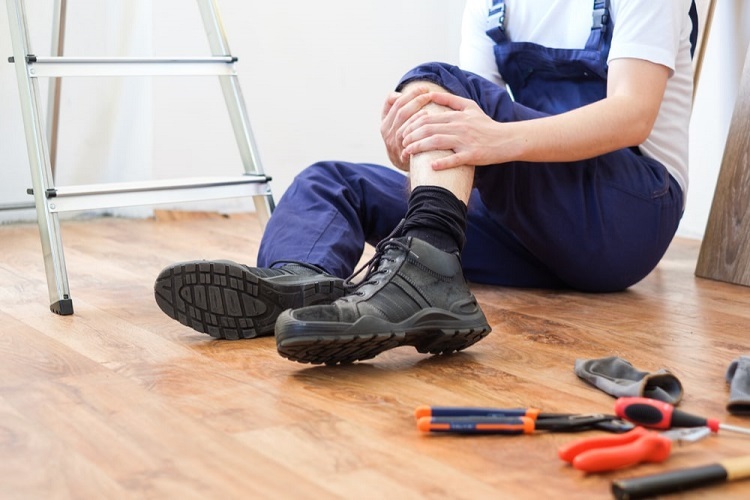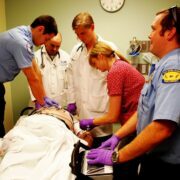With varicose veins being so common, it’s perfectly normal to be concerned about them. Studies show that around 50% of people over the age of 50 will have varicose veins, a condition that does tend to get worse with age.
With this being said, there are quite a few misconceptions about the causes of varicose veins and how they should be treated.
Top 7 Misconceptions about Varicose Veins
- Varicose veins occur when you cross your legs
There is actually no scientific evidence that links varicose veins to crossing your legs. Also, the veins stem from pressure inside the legs, so external sources can’t produce them. The same applies to the theory that tight clothing causes varicose veins.
- Pregnancy increases your risk of developing varicose veins
While pregnancy can aggravate existing varicose veins, it will never be the cause of them. Varicose veins usually become more noticeable during pregnancy because additional pressure is placed on the veins in the pelvis and the legs.
- Varicose veins can be cured with massage
Massage can certainly be beneficial if you have varicose veins because it relieves swelling and pain but it will not make them disappear. The only real way to get rid of varicose veins is through treatments such as laser and sclerotherapy (https://www.thedoc.com.au/treatments/varicose-veins-in-melbourne).
- Your family history makes you more prone to varicose veins
While there is a small chance that susceptibility to varicose veins is genetic, in the majority of cases, it’s not. Most of the time, varicose veins are caused by long periods of immobility, obesity or a general lack of exercise.
- Varicose veins should only be treated after your final pregnancy or menopause
Women have the option to treat their varicose veins at any age. In fact, seeking treatment sooner rather than later will reduce the risk of developing certain medical problems later on.
- Compression stockings aren’t necessary if you receive professional treatments for varicose veins
In most cases, using compression stockings will be the first step in treating varicose veins. If you do choose to receive a treatment such as sclerotherapy, you will need to wear compression stockings during your recovery too. In most cases, compression stockings need to be worn for at least 5 – 7 days for them to have the required effect.
- Tattoos increase your risk of developing varicose veins
There is no scientific evidence that links tattoos to varicose veins so this is not something that you need to be concerned about.
At the end of the day, there is no real way to prevent varicose veins but maintaining a healthy weight and making time to exercise on a regular basis will certainly make a difference.
If you will be seeking professional treatment for your varicose veins, be sure to find a professional that specialises in these types of treatments and can present you with proven results before you go ahead with it. It’s also never a bad idea to look at reviews from past patients.














Comments